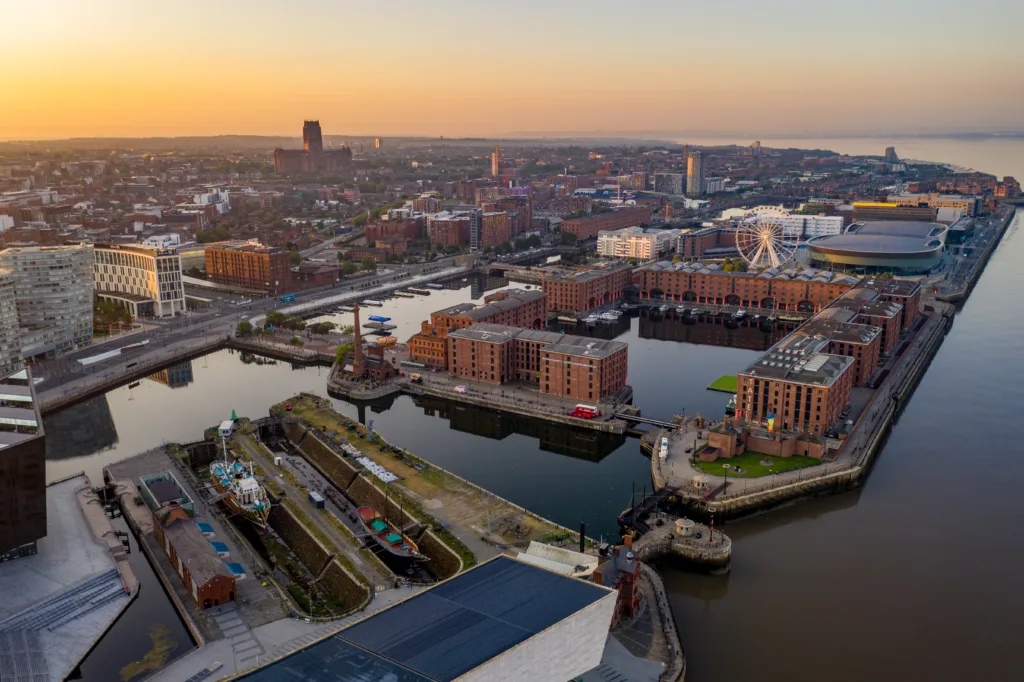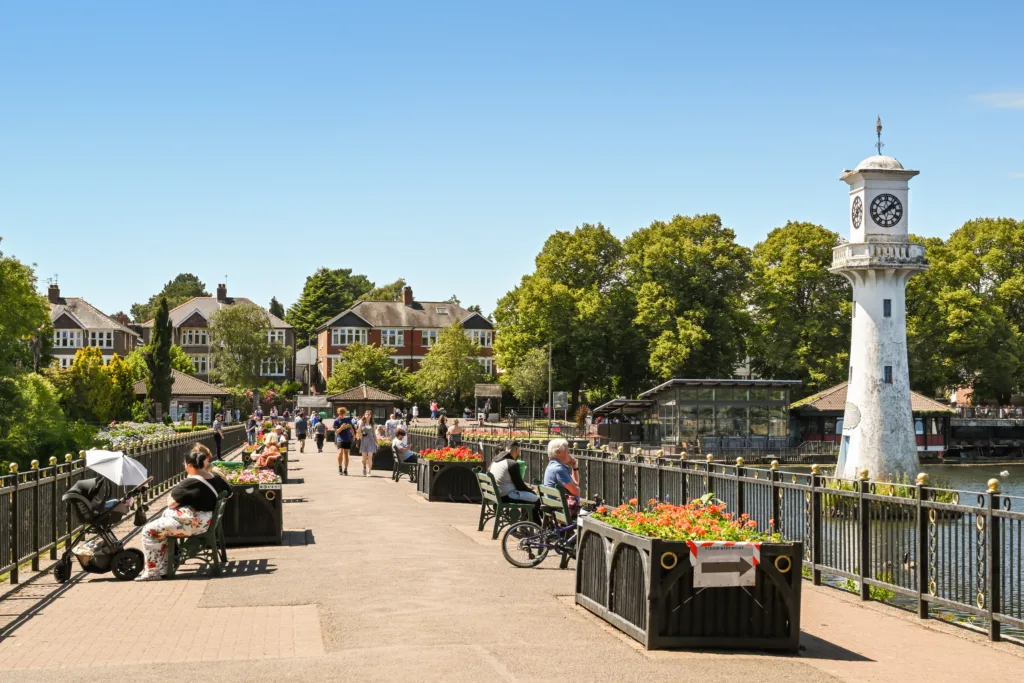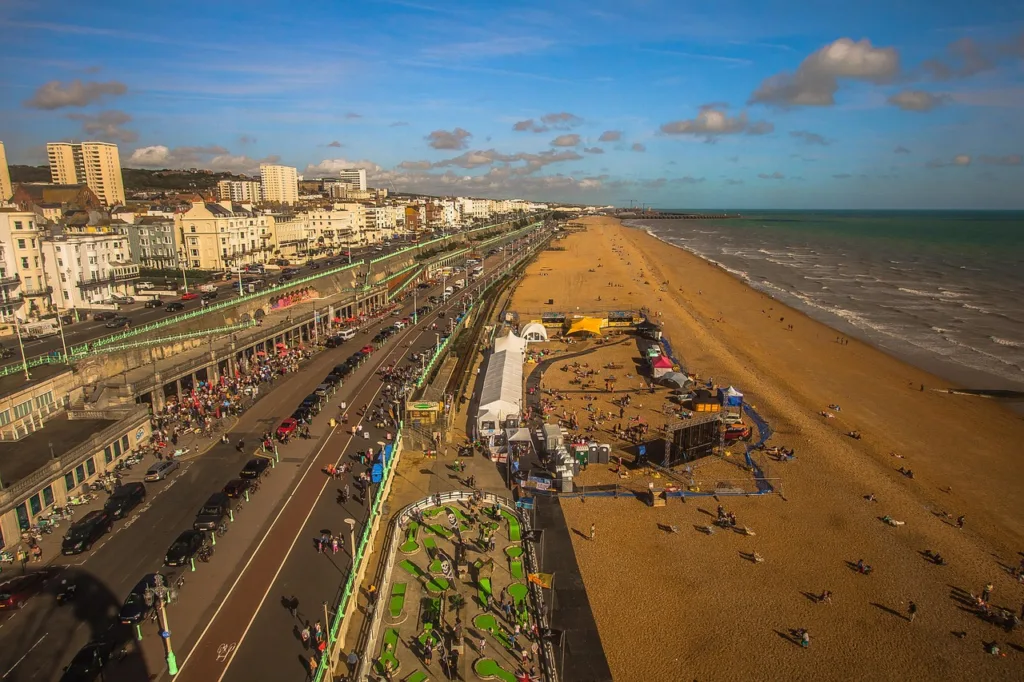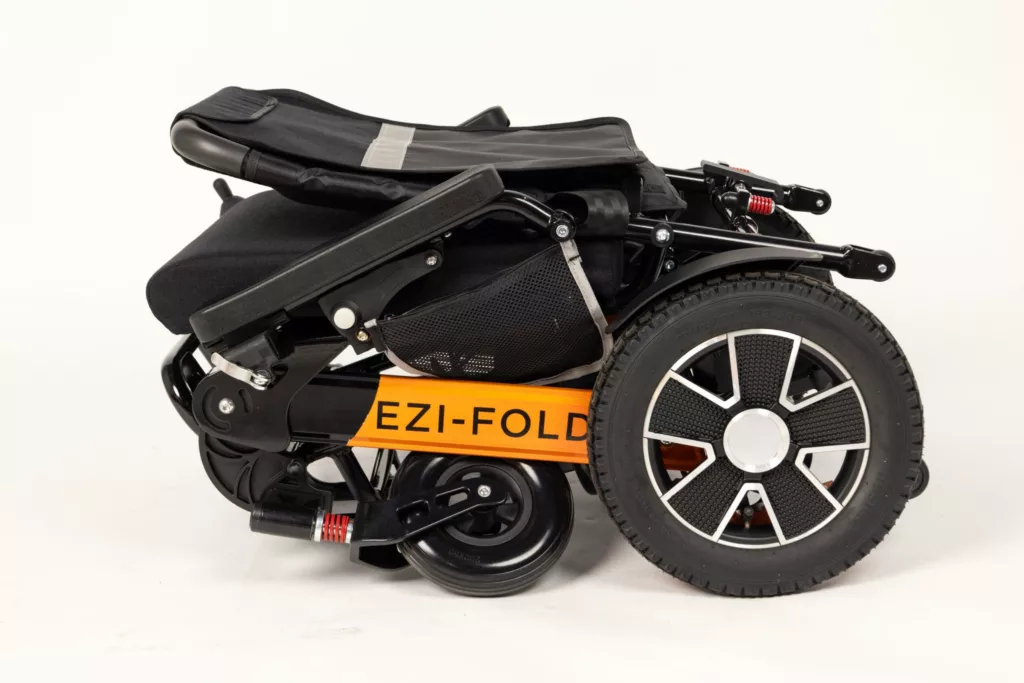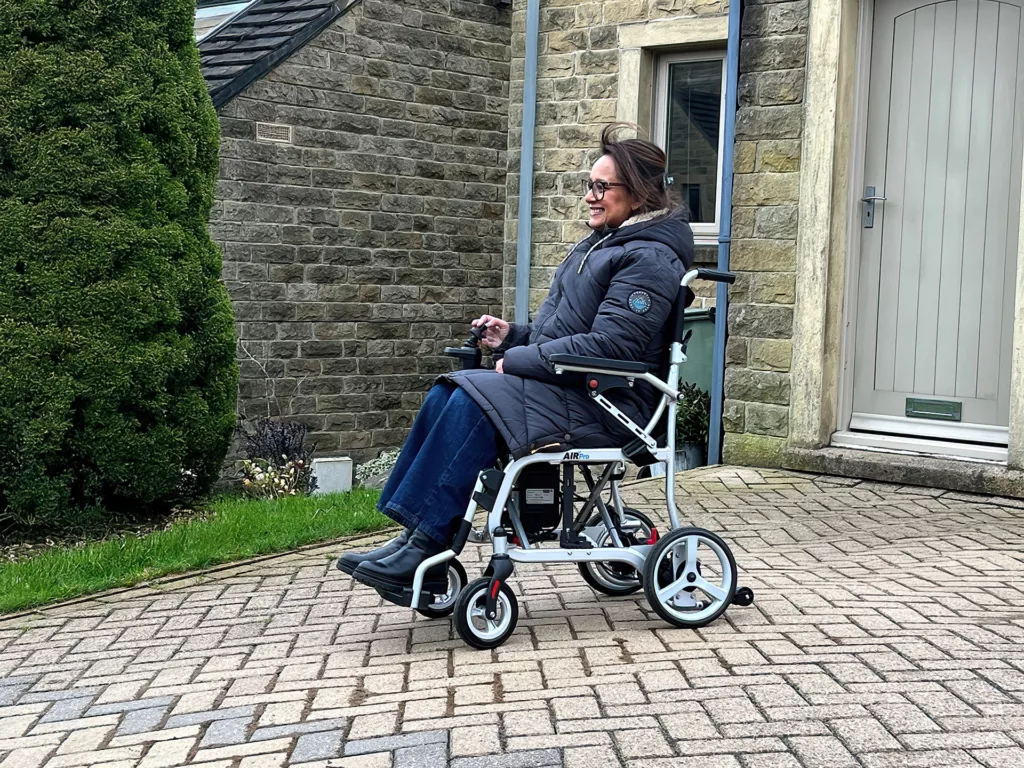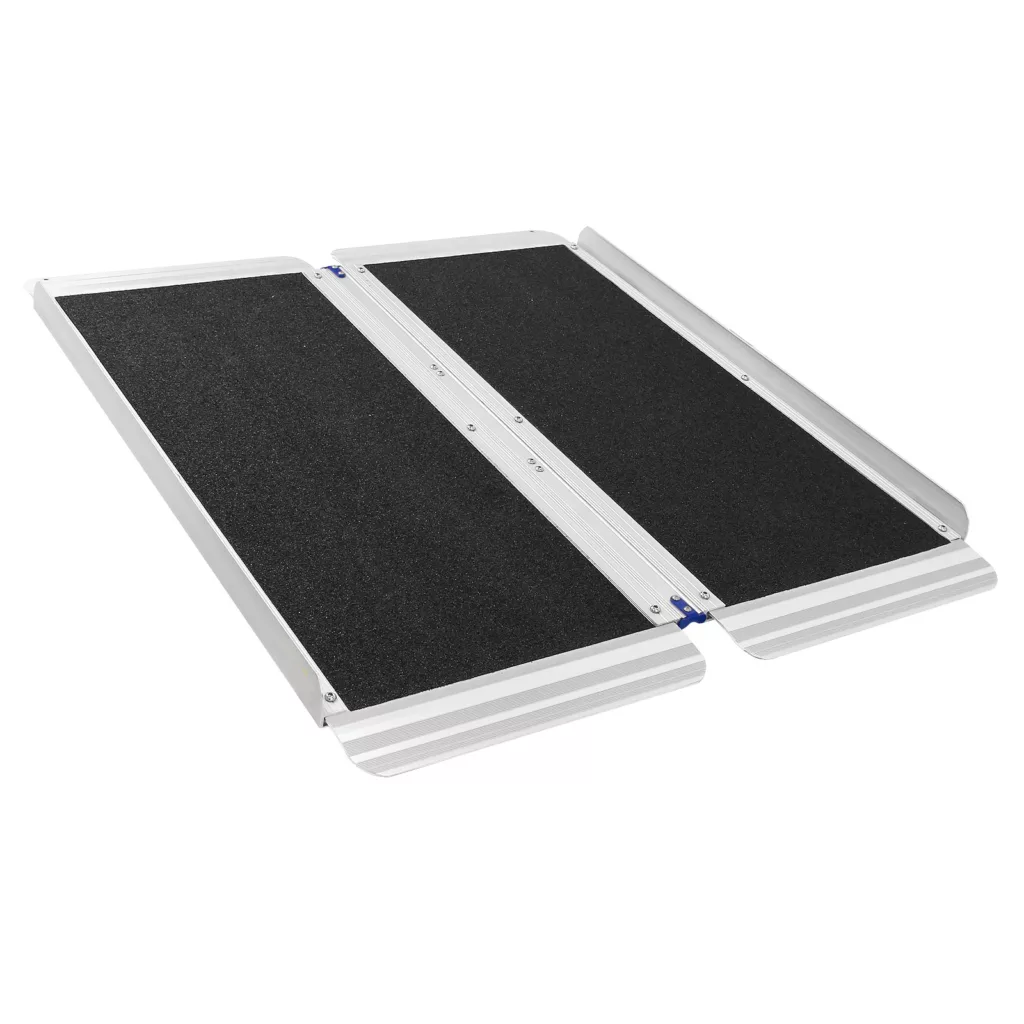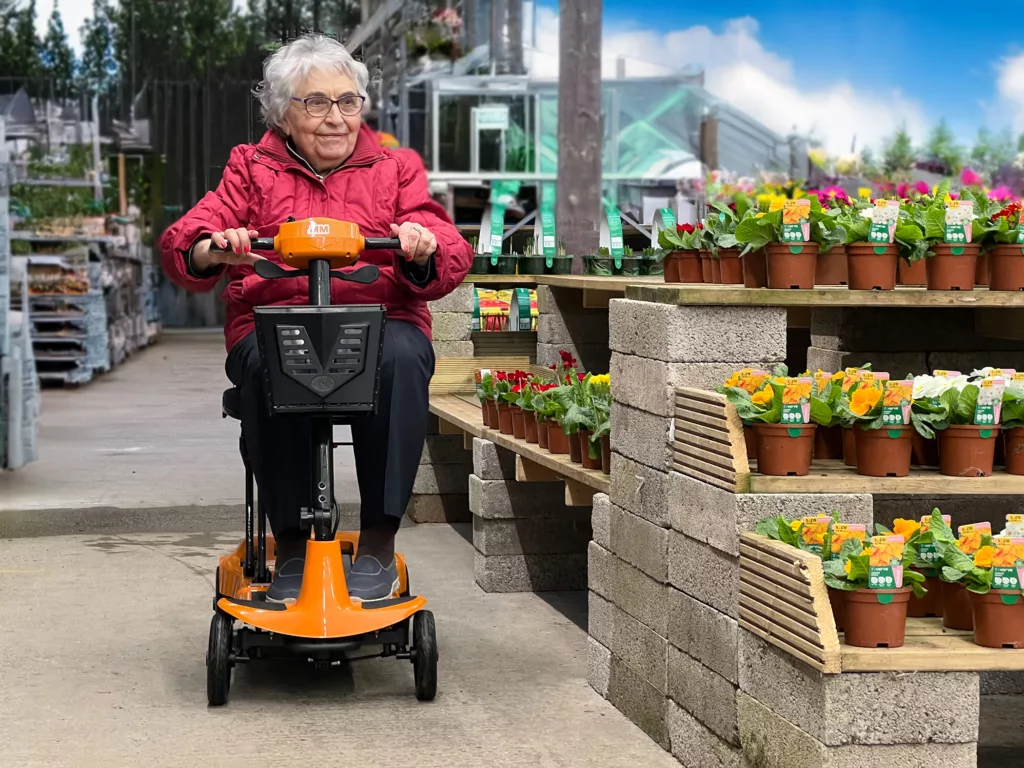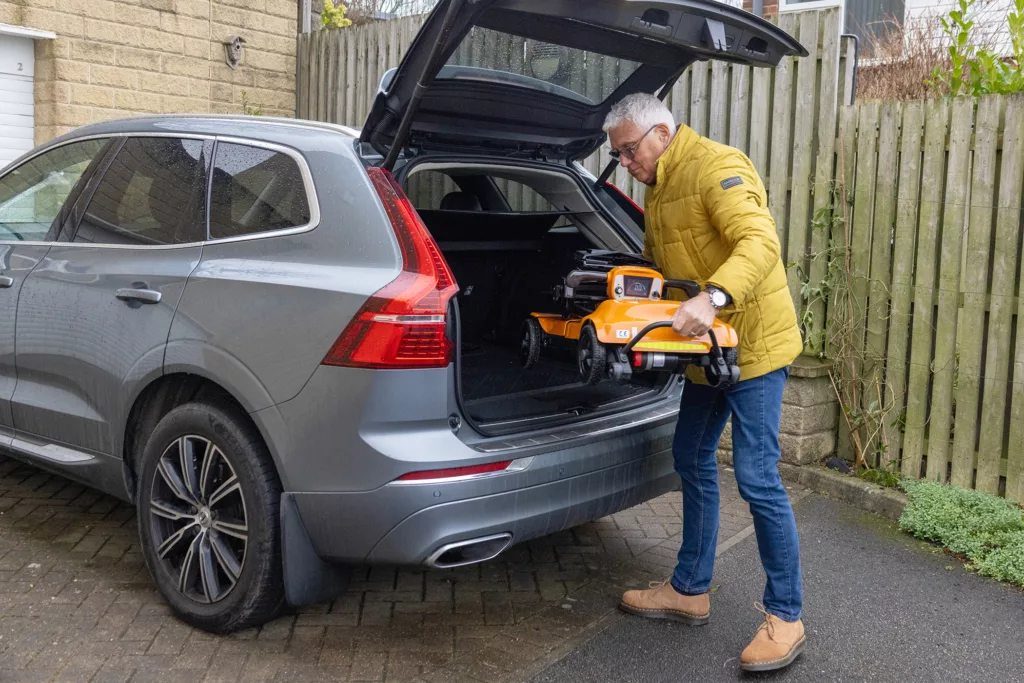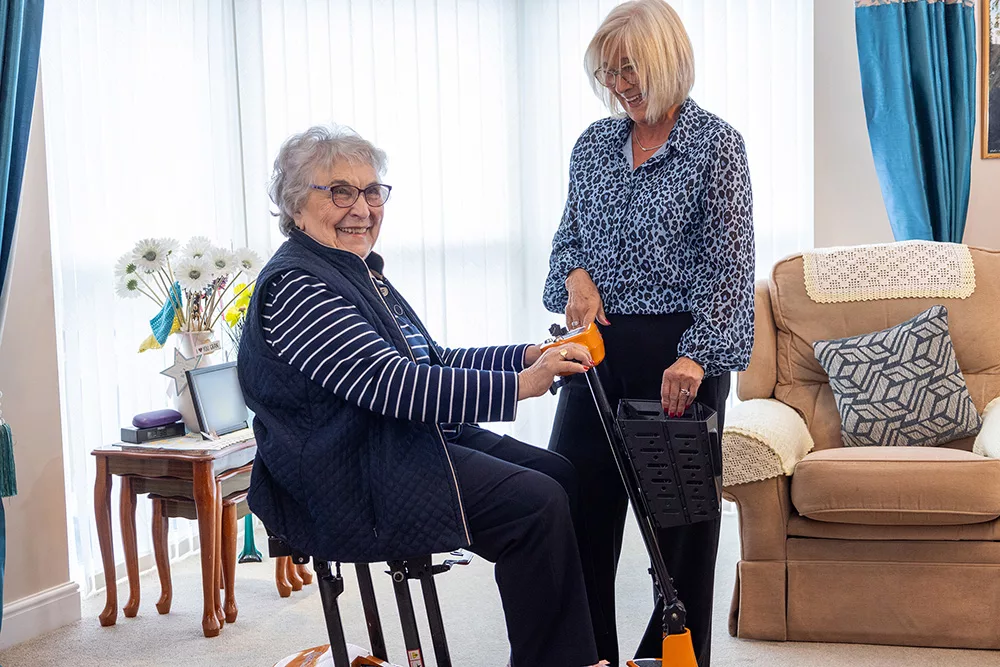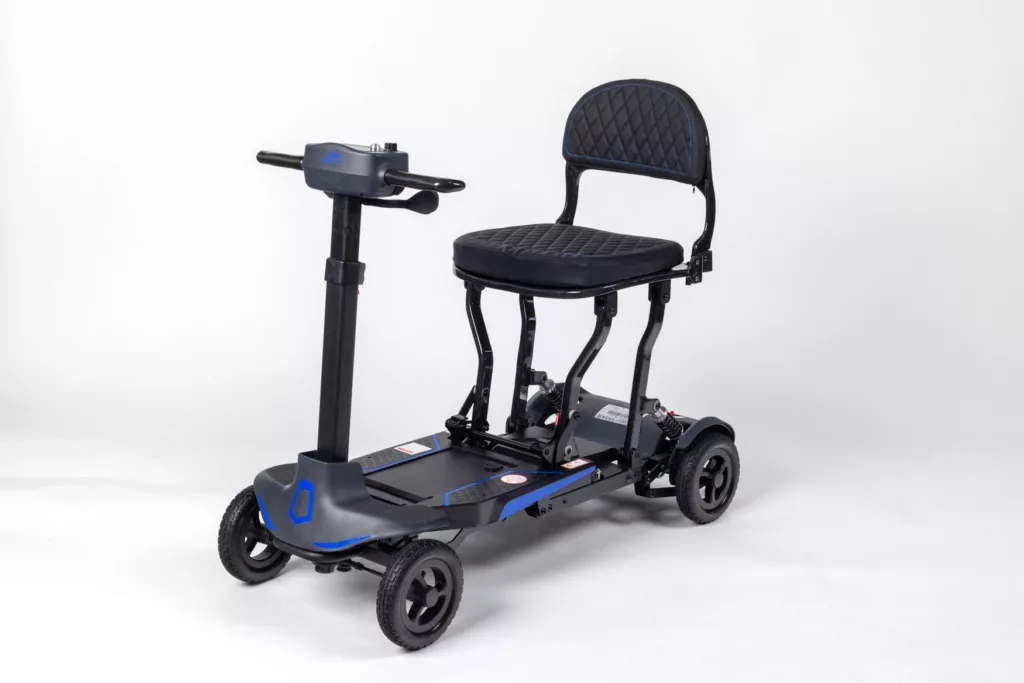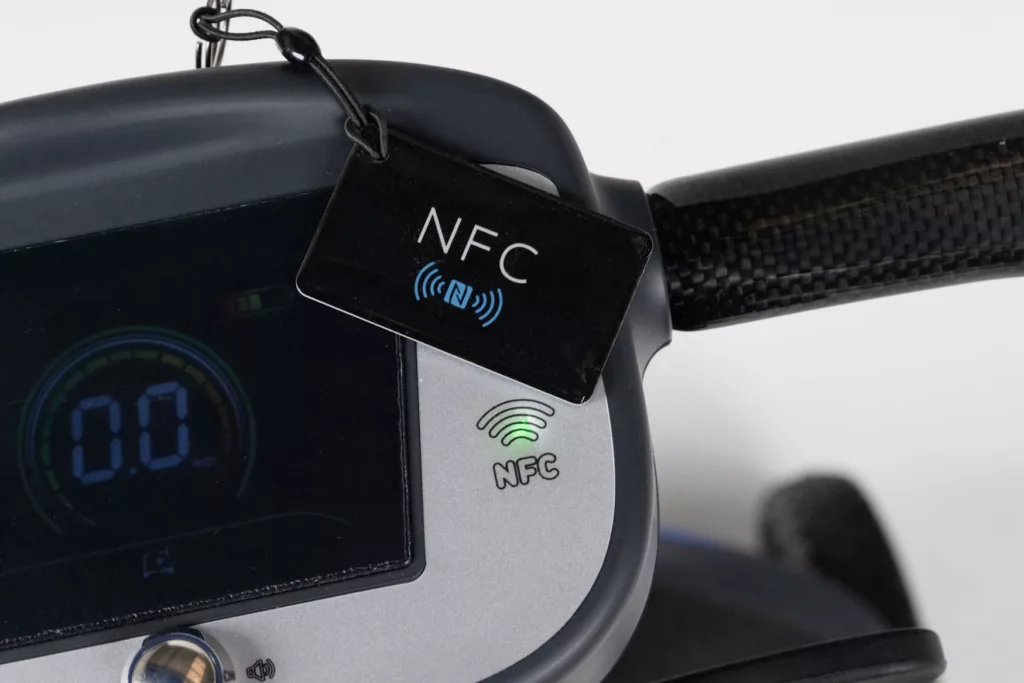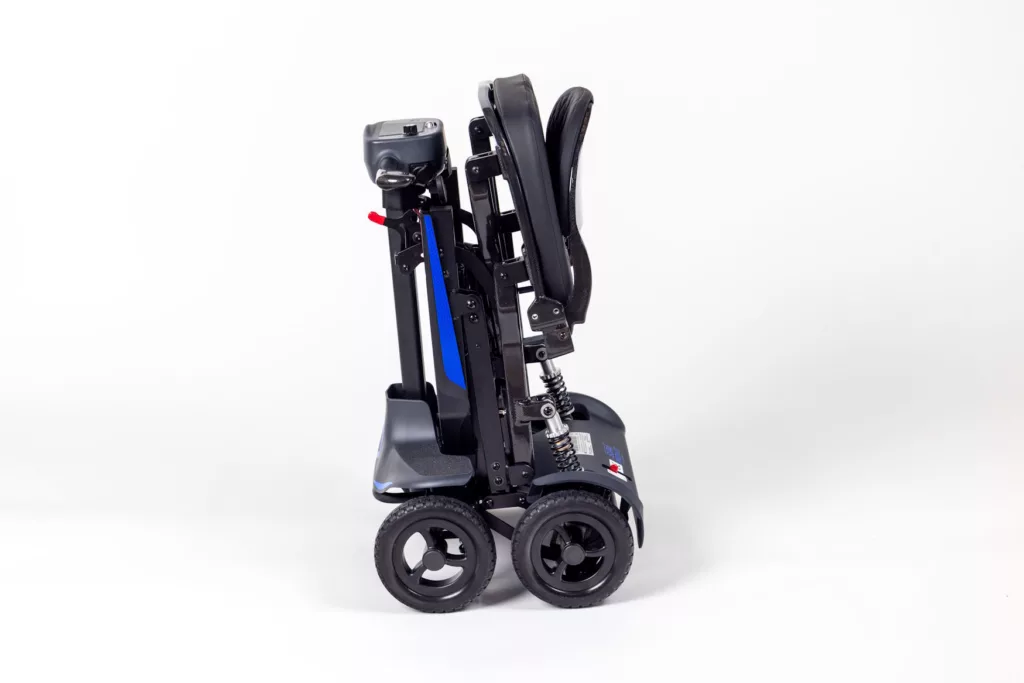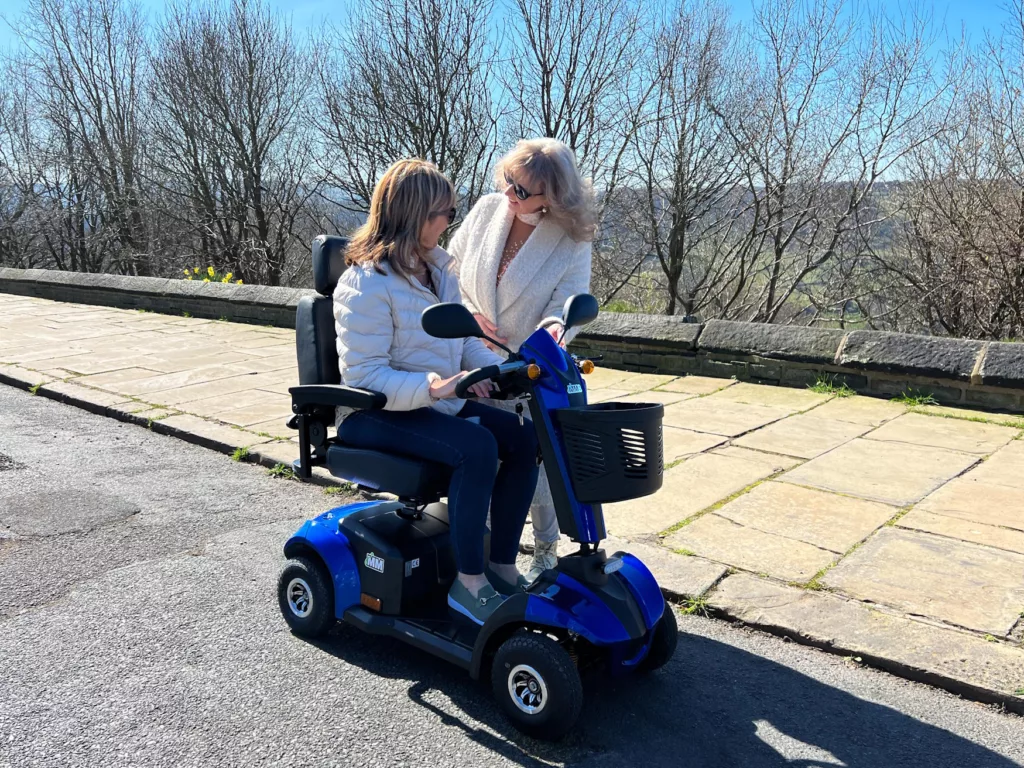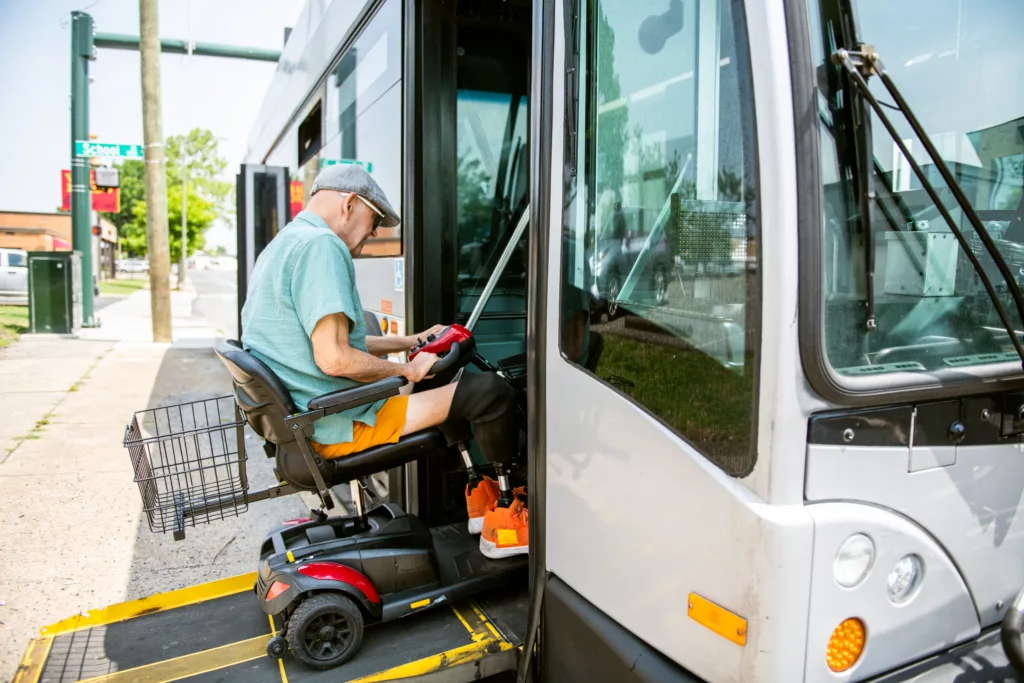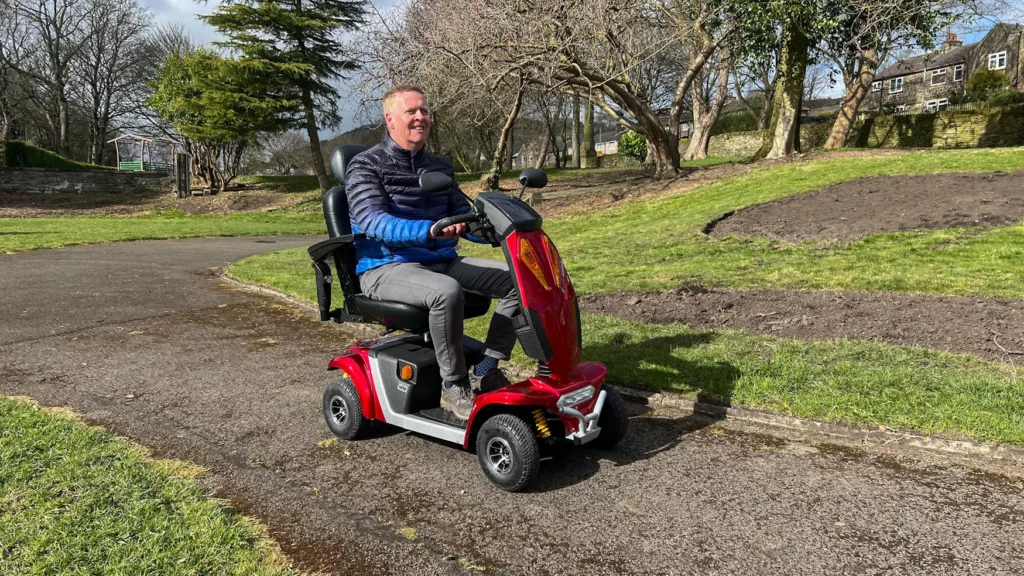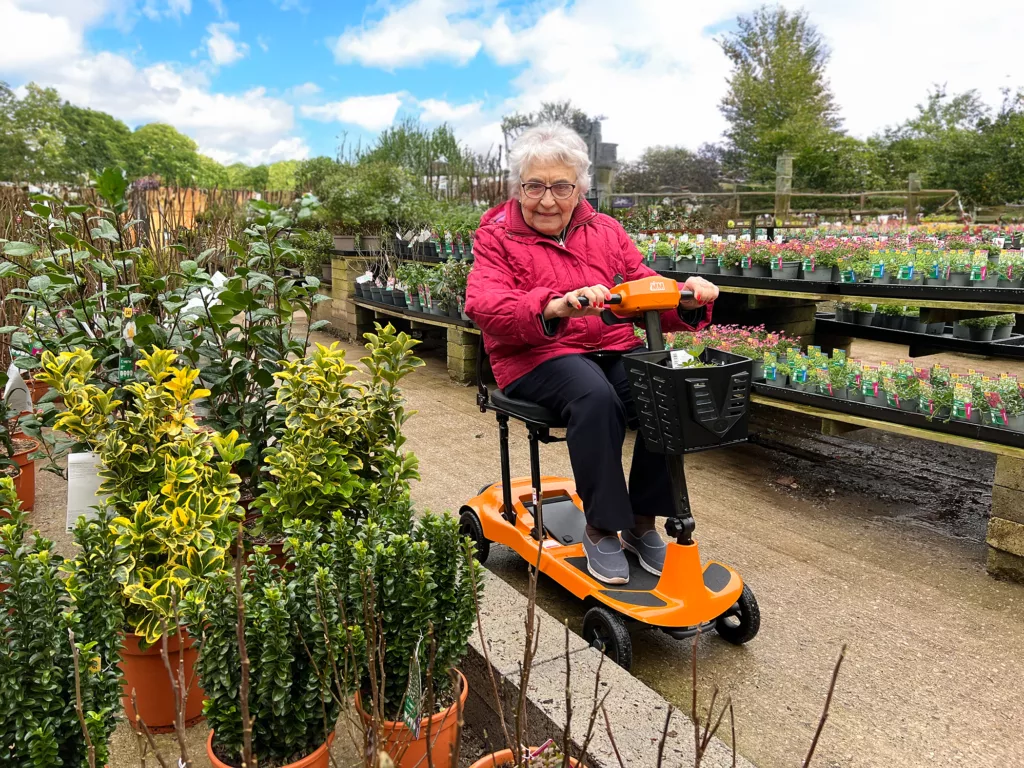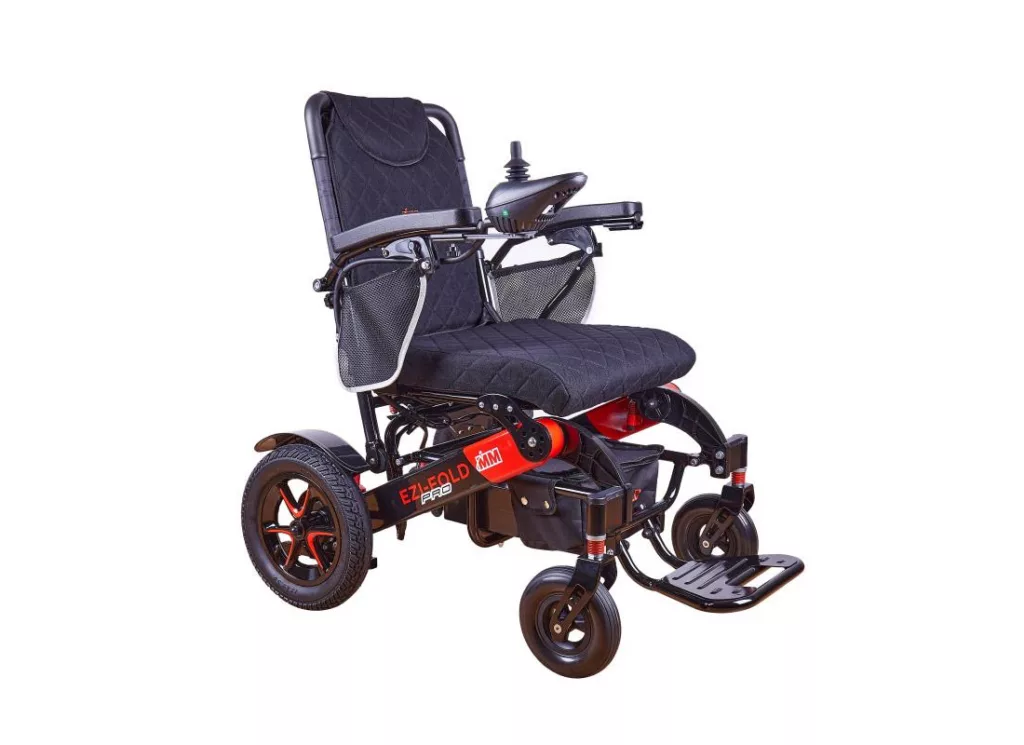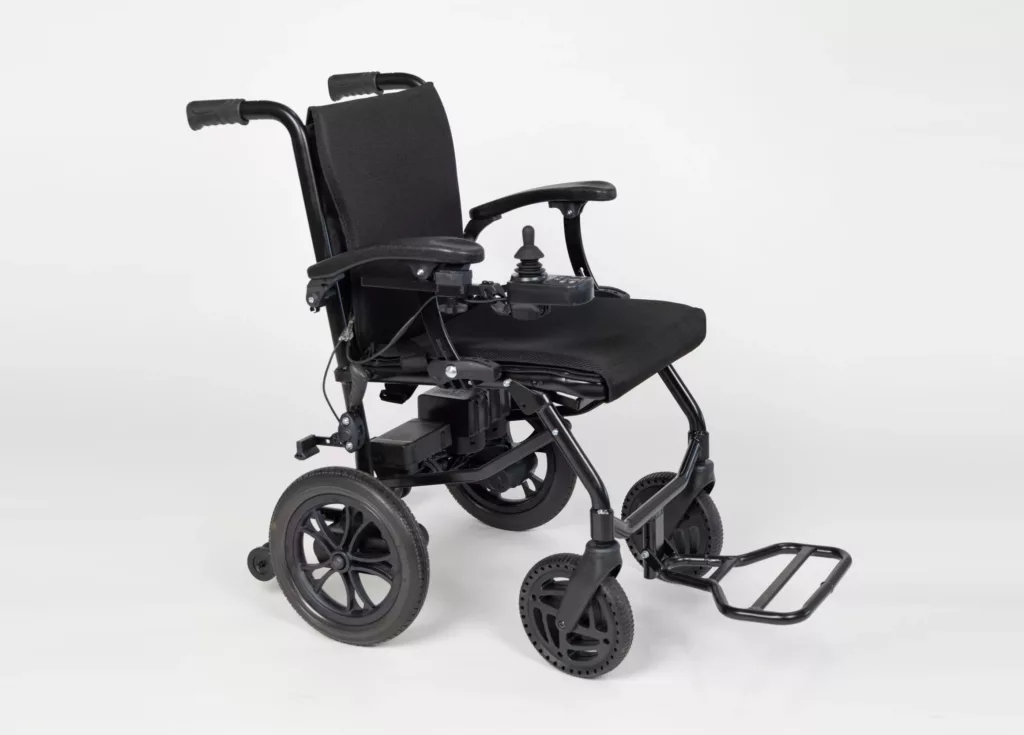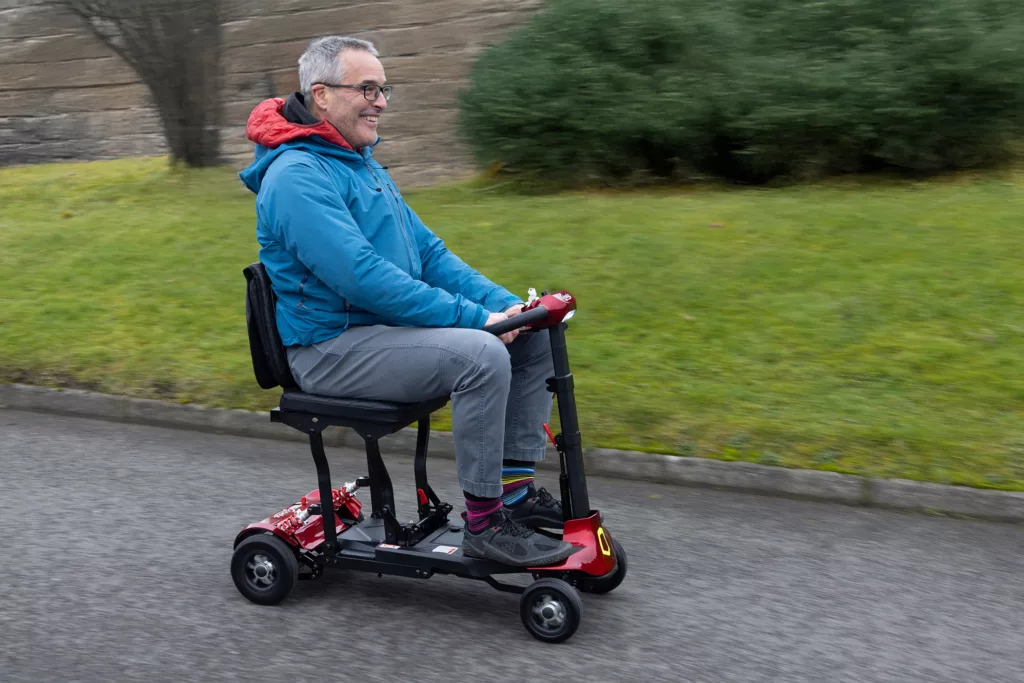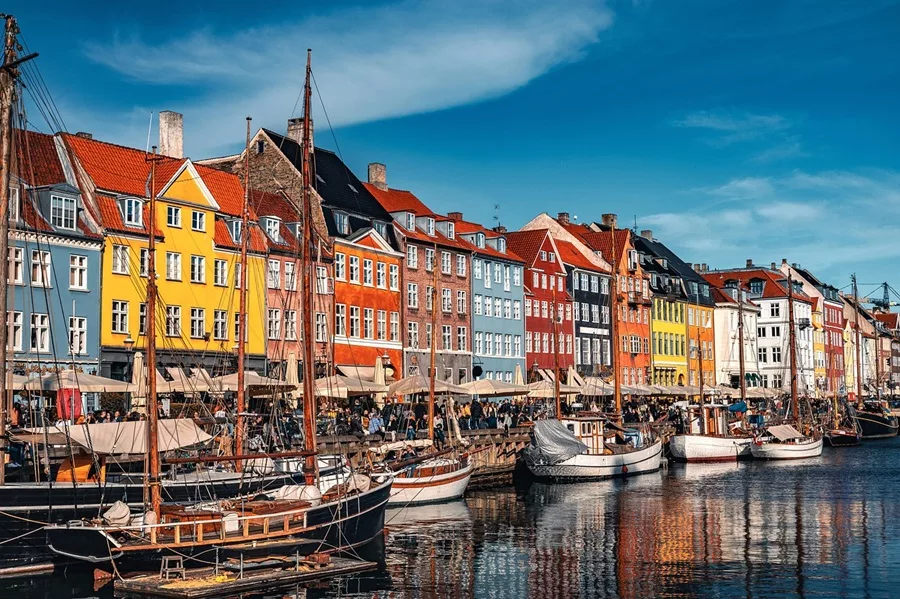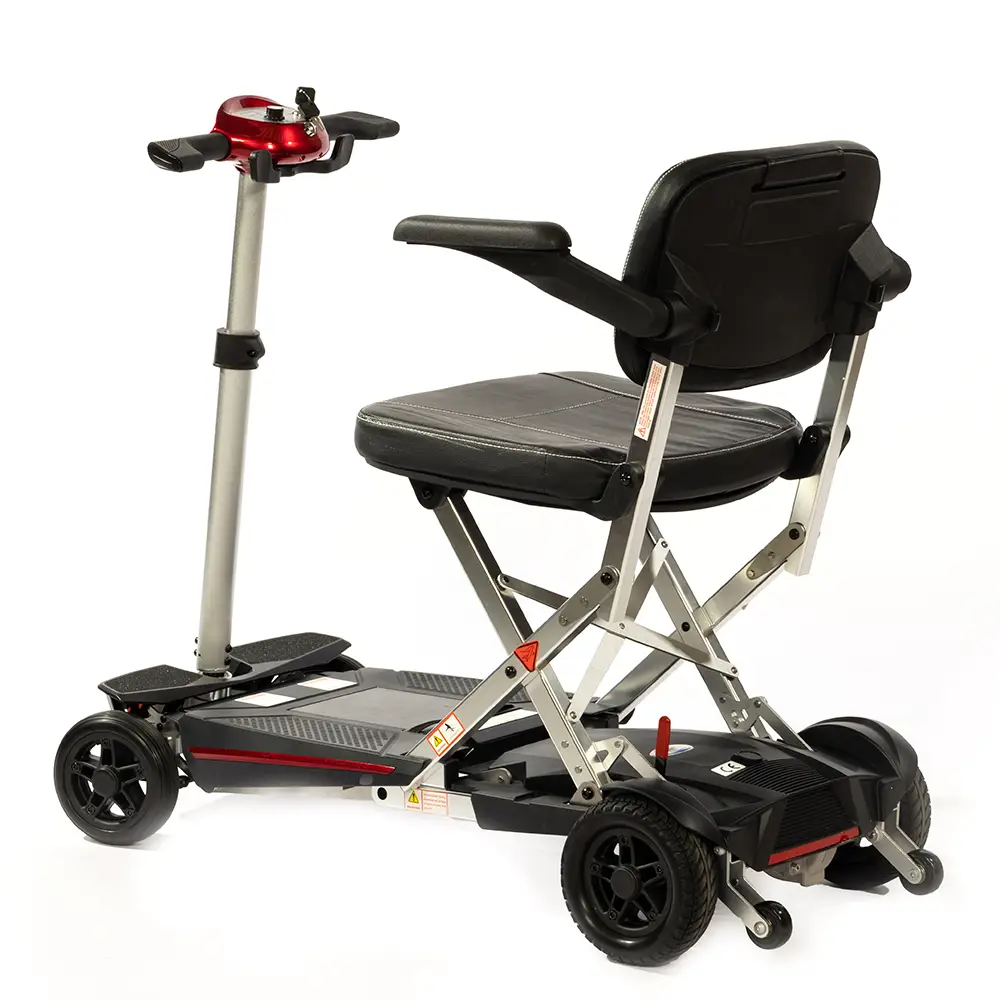According to the World Health Organization (WHO), one in six people globally live with a significant disability. While travelling with a wheelchair or mobility scooter can have its challenges, more destinations are starting to recognise that disabled travellers make up a large and often overlooked part of the tourism market.
Across Europe, cities are investing in better infrastructure, improving public transport, and upgrading attractions and accommodation to be more inclusive and welcoming. Whether it’s accessible museums, step-free public transport, or wheelchair-friendly pavements and hotel facilities, the travel experience is steadily becoming more enjoyable and stress-free.
At Monarch Mobility, we believe that using a wheelchair or mobility scooter should never hold you back from discovering new places. Whether you’re planning a trip to a well-known European city or thinking of exploring somewhere a little less familiar, we’ve rounded up 10 of the most wheelchair accessible cities in Europe to consider for your next adventure.
And if you’re in need of a foldable powerchair or lightweight mobility scooter to take along, don’t forget to check out our range of travel-friendly options, designed to make your journey as smooth and enjoyable as possible.
What to consider when travelling with a wheelchair
Before we dive into our top picks, it’s important to keep a few key factors in mind when choosing an accessible Europe destination.
- Airport Support: Ensure your arrival and departure airports offer accessible facilities, including lifts and toilets.
- Public Transport: Look for cities with modern infrastructure, accessible buses, trains and trams, and well-maintained pavements.
- Tourist Attractions: From discounted entry to accessible toilets and ramps, inclusive attractions make for a better trip.
- Local Awareness: A welcoming attitude and helpful locals can make all the difference in your travel experience.
- Remember: Keep your disability ID card with you at all times, and contact airports and train stations in advance to enjoy a smoother experience and more accessible travel in Europe. It’s also worth noting that whilst most public transport allows wheelchairs, they may have different rules for mobility scooters.
With these in mind, here are our pick of the best European cities for wheelchair and mobility scooter users:
1. Florence, Italy
Considering its ancient history, Florence has made impressive strides in accessibility. While its ancient streets present some challenges, the city is relatively flat and home to accessible gems like the Uffizi Gallery and Accademia Gallery. This city is perfect for lovers of art, history, and stunning architecture.
Attractions: Most museums in Florence are equipped with lifts, stair lifts, and ramps, ensuring accessibility throughout. Disabled visitors receive free entry to all state and city museums, as well as many major churches.
Public transport: The majority of city buses are wheelchair-accessible, with low-floor boarding and dedicated spaces on board. Both the airport and train station offer assistance services for passengers with disabilities, but contact them in advance to make sure they are on hand to help you.
Discover more about accessibility in this charming city on the Visit Florence website.
2. Barcelona, Spain
Barcelona offers the perfect blend of beach, culture, and city life. With wide pavements, accessible public transport, and a city-wide commitment to inclusion, it’s one of Europe’s most accessible cities. Don’t miss the Sagrada Familia or Casa Batlló.
Attractions: Most of Barcelona’s major attractions are accessible for wheelchair users and mobility scooter riders, with specially adapted tours also available. All city beaches are designed with accessibility in mind, offering features such as dedicated changing rooms, floating beach chairs, hoists, and life jackets.
Public transport: Around 91% of Barcelona’s metro stations provide step-free access, and all platforms are fitted with ramps. All city buses are fully accessible, featuring low-floor entry and designated spaces for wheelchair users. Free assistance is available for disabled passengers at Barcelona Airport, as well as at Sants and França train stations.
Learn more about accessible travel in Barcelona on the Barcelona tourism website.
3. Vienna, Austria
Vienna is a clean, beautiful, and charming city, known for its grand palaces and rich musical heritage. Alongside its excellent accessible infrastructure, many of the city’s top attractions such as Schönbrunn Palace and Belvedere Palace – offer concessions for visitors with disabilities. Vienna was proudly named the winner of the Access City Award 2025.
Attractions: Although many of Vienna’s museums and landmarks are in historic buildings, most have implemented accessibility features to accommodate visitors with disabilities. Reduced admission fees are commonly available.
Public transport: All city buses have low floors and raised platforms for easy wheelchair access, and the majority of underground stations and trains are also accessible. Vienna International Airport and local train stations are fully wheelchair-accessible.
Find out more about accessibility in Vienna on their tourism site.
4. Copenhagen, Denmark
Copenhagen beautifully showcases Danish design and is the perfect place to enjoy a traditional smørrebrød – an open-faced sandwich featuring rye bread, local cheeses, and cured meats. The city has made significant investments in inclusive infrastructure, making it easy to navigate. Must-visit attractions include Tivoli Gardens and Amalienborg Palace.
Attractions: Copenhagen offers a wide range of accessible attractions and museums for wheelchair users. It’s recommended to check individual websites for specific accessibility details.
Public Transport: All metro stations in Copenhagen are fully accessible, with lifts available at each station. Assistance may be needed when boarding and alighting from trains, so it’s important to notify the driver in advance. City buses are equipped with manual wheelchair ramps at the middle doors, although you will require assistance to position the ramp.
Take a look at the Visit Copenhagen website for more details on accessibility in this stunning city.
5. Brussels, Belgium
Brussels is one of the greenest cities in Europe. Its incredibly diverse population welcomes people of all nationalities and abilities. It’s also a paradise for food lovers – don’t miss the famous chips, chocolate, and beer! The city offers a wide range of accessible attractions and transport options. Highlights include the Grand Place, the Royal Museums of Fine Arts of Belgium, and the Museum of Natural Sciences.
Attractions: Many museums and cultural sites in Brussels have made significant adaptations to ensure that visitors with limited mobility can fully enjoy their experience.
Public transport: All buses feature low floors, wide doors, and designated spaces for wheelchair users. Brussels Airport supports passengers with reduced mobility. And staff at train stations are specially trained to assist passengers with mobility needs.
Find out how your accessible European trip to Brussels can be more enjoyable, on the Visit Brussels website.
6. Zurich, Switzerland
This Alpine city combines stunning natural scenery with a vibrant nightlife and a strong commitment to accessibility and inclusion. Take an accessible cable car ride to the ‘Top of Europe’ at Jungfraujoch, or enjoy a relaxing, wheelchair-friendly boat trip on the lake.
Attractions: Many museums, parks, restaurants, and shops in Zurich are wheelchair-accessible, including cruises on the Limmat River.
Public transport: Step-free vehicles are clearly marked on digital departure boards with a wheelchair symbol. Zurich Airport also provides wheelchair assistance for passengers.
Discover more about this European city’s accessibility on the Zurich tourism website.
7. Amsterdam, Netherlands
With its vibrant culture, picturesque canals, and captivating museums, Amsterdam is a city that offers both charm and convenience. Its flat terrain, excellent public transport, and welcoming atmosphere make it easy to explore. Don’t miss the Rijksmuseum, or take a scenic canal cruise for a unique view of the city.
Attractions: Most museums, theatres, and exhibitions in Amsterdam are highly accessible, ensuring a great experience for all visitors.
Public transport: All trams feature designated wheelchair spaces and priority seating. Metro stations are clearly marked as wheelchair-accessible, with lifts, ramps, and wide gates. Buses have low floors and a designated wheelchair area in the middle of the vehicle.
Find out more about accessibility in this beautiful city on the Amsterdam tourism site.
8. Paris, France
Paris is home to iconic sights, world-class museums, and exquisite cuisine. While it’s a bustling city that may require some planning to navigate, both transport and attractions are generally accessible. Enjoy free entry to the Louvre Museum and discounted tickets for the Eiffel Tower.
Attractions: Major museums in Paris are generally accessible, featuring lifts, ramps, and adapted pathways, with many offering free admission for disabled individuals. Visitors can also enjoy accessible river cruises and gardens.
Public Transport: Travelling by train is made easier for people with disabilities, with lifts and ramps available at stations. All bus lines within Paris are wheelchair-accessible, and various services and facilities are provided to assist passengers with reduced mobility.
Discover more about accessibility in this romantic city on the Paris tourism website.
9. Berlin, Germany
Berlin is known for its striking landmarks, vibrant cultural scene, and wealth of museums and art galleries. The city is well-equipped for disabled travellers, offering free mobility assistance services on buses and trains. Be sure to visit the iconic Brandenburg Gate or explore Museum Island, home to five unique museums.
Attractions: Many museums, attractions and sights are fully accessible for visitors.
Public transport: Berlin offers highly accessible public transportation for wheelchair users, Ensures accessibility through various features like ramps, lifts, and designated wheelchair spaces.
Take a look at the Visit Berlin for more information about accessibility in this fascinating European city.
10. Bratislava, Slovakia
Bratislava is a charming medieval city filled with stunning historical landmarks and is one of the more affordable travel options in Europe. Despite its ancient roots, the city offers good accessibility. Don’t miss the impressive Bratislava Castle or the elegant Primate’s Palace.
Attractions: Most of Bratislava’s attractions offer full or partial accessibility, ensuring a more inclusive experience for visitors.
Public transport: Low-floor vehicles are available on bus and trolleybus lines, while most regional trains are equipped with low-floor carriages for easier access.
Learn more about accessible attractions in Bratislava and accessible travel in Bratislava.
Travel with Confidence with Monarch Mobility



